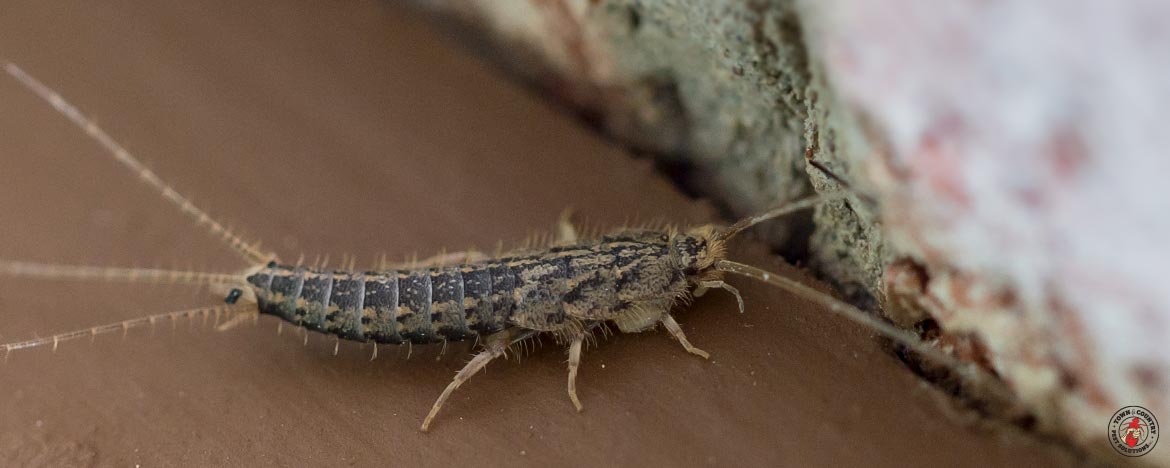
Silverfish have a very startling appearance. They look like something out of prehistory, with a silver sheen, segmented body, long legs and antennae. They also have the unsavory habit of showing up in your favorite books, or in your bathroom at night. Naturally, we want them out of homes for this reason alone, on top of the damage that they can do to clothes and other objects.
General information about the silverfish
Silverfish are wingless insects that can live anywhere from two to eight years. They get their name from their coloration, shape and movements. The silverfish is a harmless insect to humans. It does not bite and it does not carry diseases. However, it can do damage to various objects in the home. Silverfish live on a diet of starchy foods such as flowers, cereal, fabrics, glue, cardboard and paper. This is why they can destroy wallpaper, books and clothing.
Where do they come from?
The natural environment of this insect is dark and damp. This means that it will often take residence under rocks, rotting leaves or tree bark. When they enter the home, they will look for areas such as attics, basements, garages, but especially kitchens and bathrooms. You can often find their nests if you go looking for them in these areas, where you will find tiny black droppings around the nest along with shells that they have shed previously.
When feeding, they will leave holes in the material and yellow stains. These signs are usually found in the closet where you have rayon, silk, cotton or wool clothing, or in your favorite books and important papers. So silverfish will come from outside of the home in search of food. They may find cracks in the walls, or gaps where the water pipes and electrical wire enter a building.
How to remove a silverfish infestation
There are a number of ways to remove silverfish from your home. You can use a silverfish trap or diatomaceous earth in the areas where you suspect that they are nesting. Other options that may work include cedar shavings, bay leaves, cloves, cinnamon and a variety of other spices. You can also dehumidify the areas where you suspect that they are nesting. Silverfish cannot survive in dry environments so this is a particularly effective option. However, if all else fails, you can always call over a professional. Contact us today to set up a silverfish control appointment.









